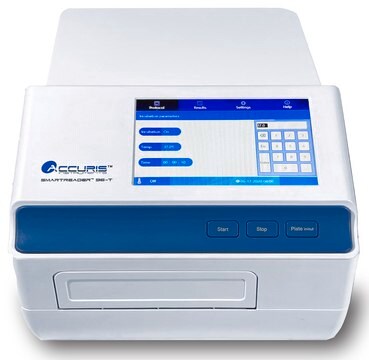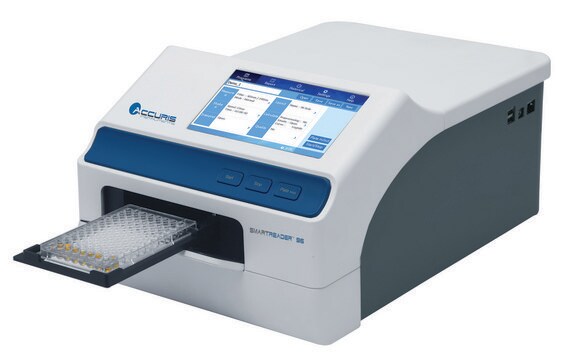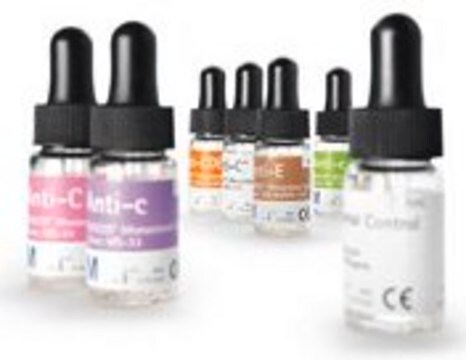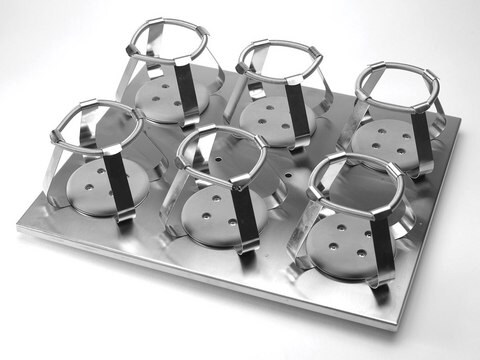EHU081751
MISSION® esiRNA
targeting human DNM1L
About This Item
Polecane produkty
opis
Powered by Eupheria Biotech
Poziom jakości
linia produktu
MISSION®
Formularz
lyophilized powder
sekwencja docelowa esiRNA cDNA
TTTTTCACCCAACGTTGTCAATTTGACACTTGTGGATTTGCCAGGAATGACCAAGGTGCCTGTAGGTGATCAACCTAAGGATATTGAGCTTCAAATCAGAGAGCTCATTCTTCGGTTCATCAGTAATCCTAATTCCATTATCCTCGCTGTCACTGCTGCTAATACAGATATGGCAACATCAGAGGCACTTAAAATTTCAAGAGAGGTAGATCCAGATGGTCGCAGAACCCTAGCTGTAATCACTAAACTTGATCTCATGGATGCGGGTACTGATGCCATGGATGTATTGATGGGAAGGGTTATTCCAGTCAAACTTGGAATAATTGGAGTAGTTAACAGGAGCCAGCTAGATATTAACAACAAGAAGAGTGTAACTGATTCAATCCGTGATGAGTATGCTTTTCTTCAAAAGAAATATCCATCTCTGGCCAATAGAAA
Ensembl | numer dostępu dla gatunku człowiek
numer dostępu NCBI
Warunki transportu
ambient
temp. przechowywania
−20°C
informacje o genach
human ... DNM1L(10059) , DNM1L(10059)
Powiązane kategorie
Opis ogólny
Aby uzyskać dodatkowe informacje, a także wyświetlić wszystkie dostępne opcje esiRNA, odwiedź SigmaAldrich.com/esiRNA.
Informacje prawne
Kod klasy składowania
10 - Combustible liquids
Temperatura zapłonu (°F)
Not applicable
Temperatura zapłonu (°C)
Not applicable
Wybierz jedną z najnowszych wersji:
Masz już ten produkt?
Dokumenty związane z niedawno zakupionymi produktami zostały zamieszczone w Bibliotece dokumentów.
Nasz zespół naukowców ma doświadczenie we wszystkich obszarach badań, w tym w naukach przyrodniczych, materiałoznawstwie, syntezie chemicznej, chromatografii, analityce i wielu innych dziedzinach.
Skontaktuj się z zespołem ds. pomocy technicznej





